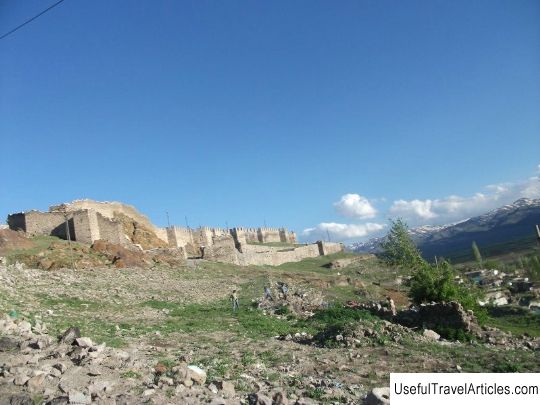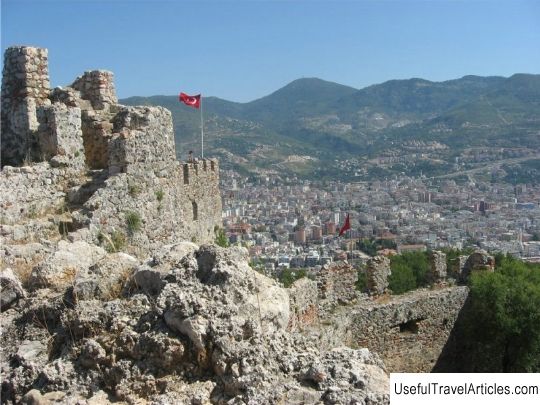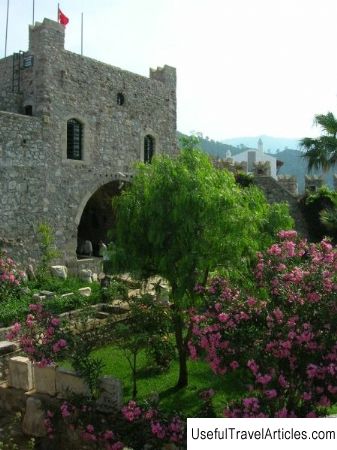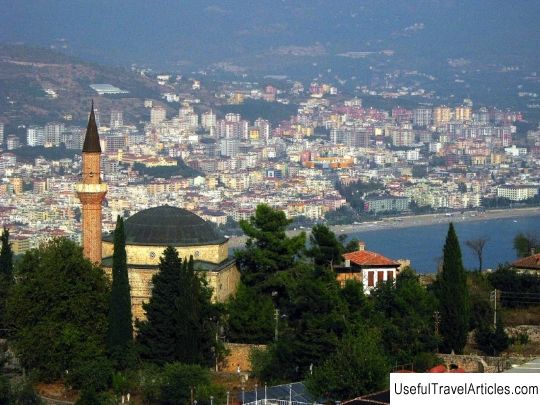Fortress Van (Van Kalesi) description and photos - Turkey: Van
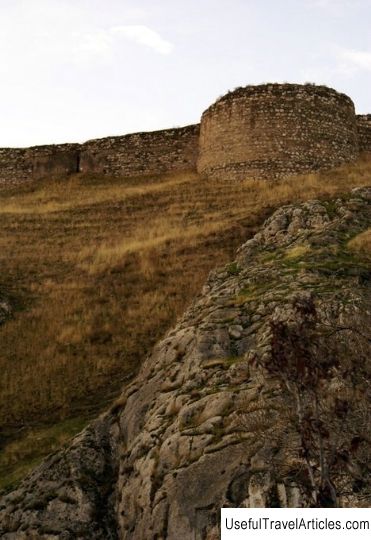
Van Kalesi fortress description and photos - Turkey: Van. Detailed information about the attraction. Description, photographs and a map showing the nearest significant objects. The title in English is Van Kalesi. Photo and descriptionThe Van Fortress was built at the behest of the ruler of Urartu, King Sardur I, on the shores of Lake Van in the ninth century BC. A long time ago, at the foot of the fortress, there was a flourishing ancient city of Van (Tushpa), which was flooded due to the rising water level in the lake. Also, the Armenians, Seljuks and Ottomans who ruled here at different times helped the city to decline, so not very many ancient monuments have reached their contemporaries. The mosques of the thirteenth can be called the best preserved among the ruins that have survived to this day. century Kyzyl Jami, or the Red Mosque, as well as Ulu Jami, or the Great Mosque. Five kilometers from here is Toprakkale, which during the time of King Rasutin was the capital of Urartu. Antiquities, found by archaeologists during excavations indicate a high level of civilization in the city of Van. The most valuable works are in the archaeological museum of Ankara, the rest are in the local archaeological museum. On the west side of the entrance to the fortress, there is the Sarduri tower. It contains cuneiform epitaphs written by Sarduri in the Assyrian language. Climbing the north-western corner of the fortress, you can see the tombstone of King Urartu Argishti I and wall cuneiforms. In the southern part of the fortress there are tombs of the kings of Urartu. From above, the fortress is a surface of a rock, a wasteland with rare fragments of crumbling fortress walls and towers. Also visible from above is the tomb of Abdurahman Gazi - a saint, to worship whose ashes pilgrims specially come to Van. There is a small mosque to the right of the fortress. On the southern wall of the cliff, there are a large number of stairs that break off halfway. Similar stairs can be seen in the images of the Van Rock from the early nineteenth century. Most likely, they connected the fortress with the city directly, because otherwise, in order to get to the rock from the city, you had to go around and use a gentler slope. A magnificent panorama of the dead city opens at the bottom of the fortress. The king of Urartu and his entourage lived in the fortress, and the city itself was below. But what has survived to this day is no longer Tushpa, but the remains of the destroyed Armenian city located in the same place as Tushpa. The large dead wasteland, where time has stood still, makes a strong impression on tourists. At the bottom right of the fortress, the newly rebuilt fortress wall winds like a dazzling white ribbon. The road to the city center goes straight ahead.      We also recommend reading Church of San Sisto (San Sisto) description and photos - Italy: Pisa Topic: Fortress Van (Van Kalesi) description and photos - Turkey: Van. |

